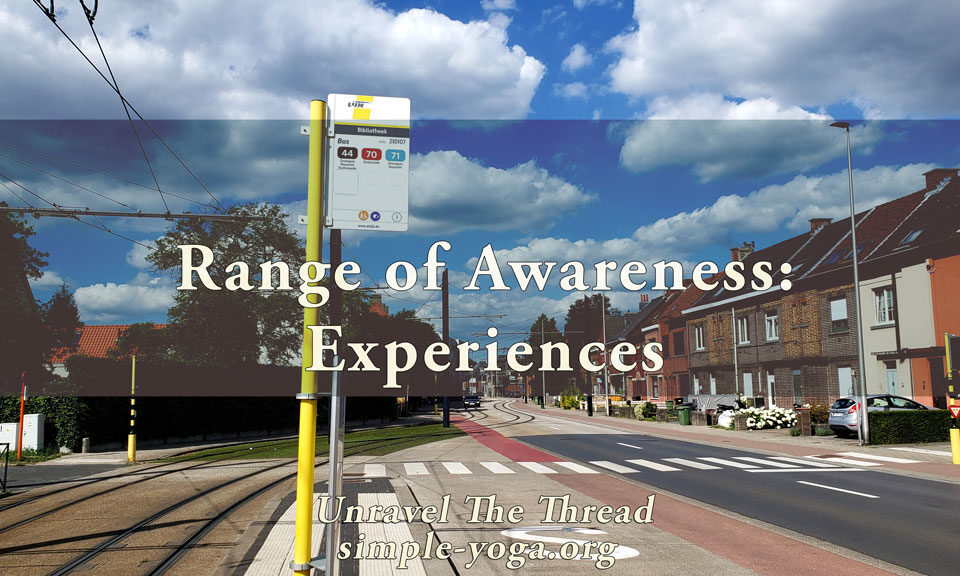
1.41 Pure as a crystal
February 27, 2020
1.43 Integration beyond conceptualization
February 27, 20201.42 Integration with reasoning

1.42 When awareness is colored by the focal object, its name and its meaning, integration with reasoning (savitarka samadhi).
Continuing deeper on the meditation journey, this verse defines savitarka samadhi, the first aspect of the first stage of integration (samadhi) listed in the sequence in verse 1.17. The first stage of integration (vitarka) relates to what is perceptible through your senses and it is subdivided into two parts. The first, savitarka samadhi, goes beyond the meditation (dhyana) state where your mind perceives the focal object without external or internal interference. In Sanskrit, vitarka means argument, imagination, opinion, reasoning. Savitarka means with reasoning or with deliberation. At this first level of integration, the contents of the mind include only the object, its name and its deep meaning and purpose. For instance, you can choose ॐ as your focal object. The object is ॐ, its name is pranava, and its meaning, what you know about it and its purpose. These three aspects of the focal object are distinct. Your knowledge about it may include that it is the sound that represents Supreme Being as well as the ideas in the Mandukya Upanishad. However, if you didn’t know anything about the Mandukya Upanishad, that would not affect the object itself. Even if you choose to call it OM or AUM, the focal object would not be affected. In this stage of integration your awareness gravitates towards these three aspects of the focal object, the focal object itself, its name, and what you know about it. Your mind does not deviate from it. In other words, your meditation includes reasoning and opinion regarding your focal object. What happens when you try to choose a focal object and meditate on it?
As usual, one more way of exploring the meaning of this sutra is by chanting it.
You can choose to chant it in its traditional form with some of the words coming together:
1.42 tatra śabdārthajñānavikalpaiḥ saṃkīrṇā savitarkā samāpattiḥ
तत्र शब्दार्थज्ञानविकल्पैः संकीर्णा सवितर्का समापत्तिः ॥४२॥
Another option is to chant each word in the sutra individually:
- tatra
- śabda
- artha
- jñāna
- vikalpaiḥ
- saṃkīrṇā
- savitarkā
- samāpattiḥ
Unravel the thread is now available as a book!
If you find Simple-Yoga.org and Unravel the thread useful, consider supporting my labor with a donation, you may also donate using PayPal or Venmo. Thank you!



